This is usually the most difficult step for students. It involves them being able to verbalize what the problem is in their own words. In the beginning I recommend having students work with a partner or in groups to write down their problem statement. It is important that this be clear and specific.
How will I complete my homework on nights that I have baseball practice?
Students need to be able to describe what might be preventing them from reaching their goal. Identifying barriers now, will help them when they have to come up with possible solutions.
When I come home from baseball practice I have to shower and eat dinner. Then I’m too tired to do homework. Exhaustion and nightly routines might prevent me from completing homework at this time.
Students need to brainstorm possible solutions. Try to have them come up with as many solutions as possible with a minimum of 2-3. Having multiple solutions allows students to have a backup plan in case their initial ideas do not work. It might also be helpful to think about how others have solved similar problems. I like to encourage my students to accept every idea during a brainstorming session, even if it seems trivial… If you think it, write it down I say.
Brainstorm: Start my homework on the way home, work on hw on the way to baseball practice, ask the teacher for work in advance, wake up early in the morning to complete hw…
Students need to test their solutions and if their first idea doesn’t work, they need to try something else. Remind them that mistakes are part of the learning process and that it is okay if they have to go through a few solutions in order to get to the one that works best. Perseverance is essential for success! Some of the best scientists test numerous theories over the course of many years before achieving the results they had been hoping for. (This is a step that students will struggle with. In the beginning you will see them throwing in the towel when their first idea does not succeed. This is your moment to encourage them, motivate them, and remind them that this is all part of the process.)
Once students have tested possible solutions it is time for them to reflect on the results. Are they satisfied with what they have achieved? If not, then they need to consider what they might have done differently. Do NOT skip this step or rush through it! This is where much of the learning will take place.
If you’d like a FREE copy of my problem solving posters simply click on the images below. I’ve also included a recording sheet where students can record their responses.
Saving Sam
 |
| Source: Pinterest www.biologycorner.com |
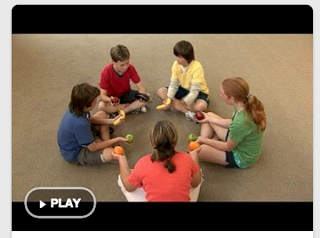 |
| Source: Pinterest |
 |
| Source: Pinterest |
It’s your turn… I’d love to hear your thoughts on problem solving in the classroom. Do you currently promote problem solving with your students? Comment below with some of your experiences.

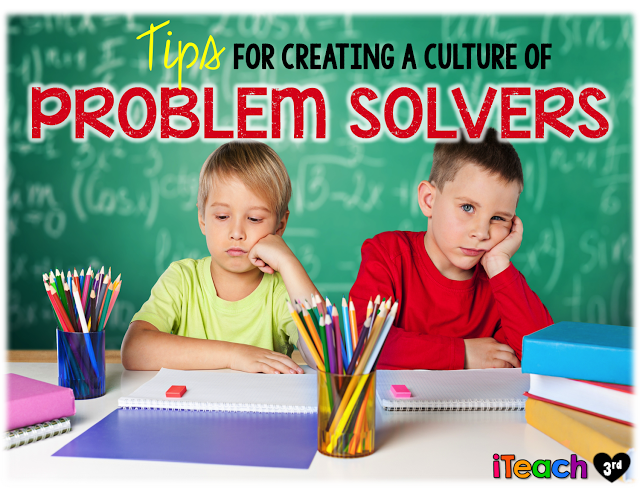








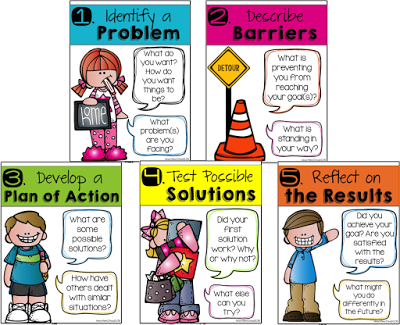






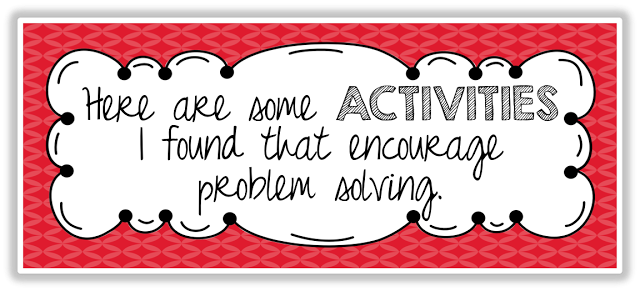


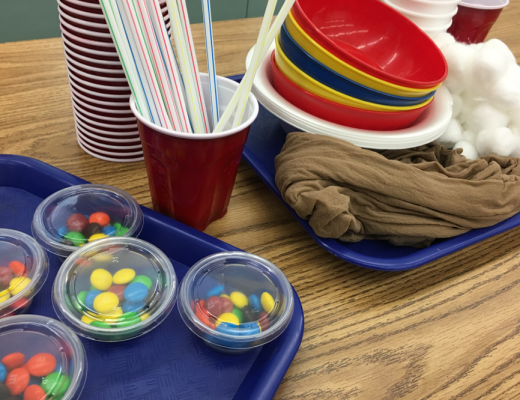
2 Comments
Edwina Whiteside
May 25, 2018 at 11:32 pmI love this lesson. Thank you so much for doing all the hard work for me.
Melissa
June 28, 2018 at 11:39 amYou’re quite welcome Edwina!!! Happy to help :0)